The battle for Gen Z consumer spend is forcing major sports brands to turn their attention away from soccer clubs and towards top players.
It is a process of “iconisation,” as described by Ron Wiegand, vice-president of international kit and athlete partnerships at Sportfive, the international sports business agency, that has developed during the coronavirus pandemic as even greater scrutiny is placed on balance sheets.
Wiegand explains: “There has been a change in fan loyalty, people are not following so much domestic clubs, they are instead following star players. Those players have become very tangible through the digitalisation of our business.
“Gen Z is the number one target customer, and so there is a switch to a players-only or certainly player-first strategy. While brands are not exactly moving away from the associations and clubs, they are definitely saying, ‘we have to secure assets in the player business first.’”
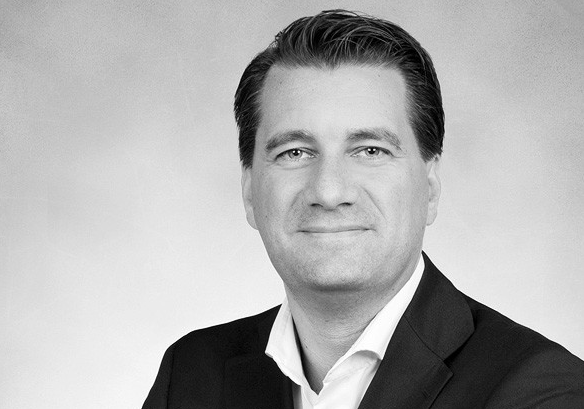
Ron Wiegand, Sportfive’s vice-president of international kit and athlete partnerships
The biggest recent move in the individual endorsement space was Brazilian superstar Neymar, who in September signed a long-term deal with Puma, the German sportswear brand. He had spent the last 15 years with US behemoth Nike.
Despite being one of the most recognised and marketed players in world soccer, Neymar, at 28, is actually no longer the target for brands.
“Nike and Adidas make 60 per cent of global revenues from boots, rather than textiles.”
Wiegand says: “They are really looking for offensive players aged between 20 and 24 that are highly talented, if not already superstars. There is an extremely high value placed on them now. They are the ones selling boots, and don’t forget Nike and Adidas make 60 per cent of global revenues from boots, rather than textiles.
“We are right now consulting two of the three biggest US kit suppliers on their European strategy and it is a clear task - players-first strategy.
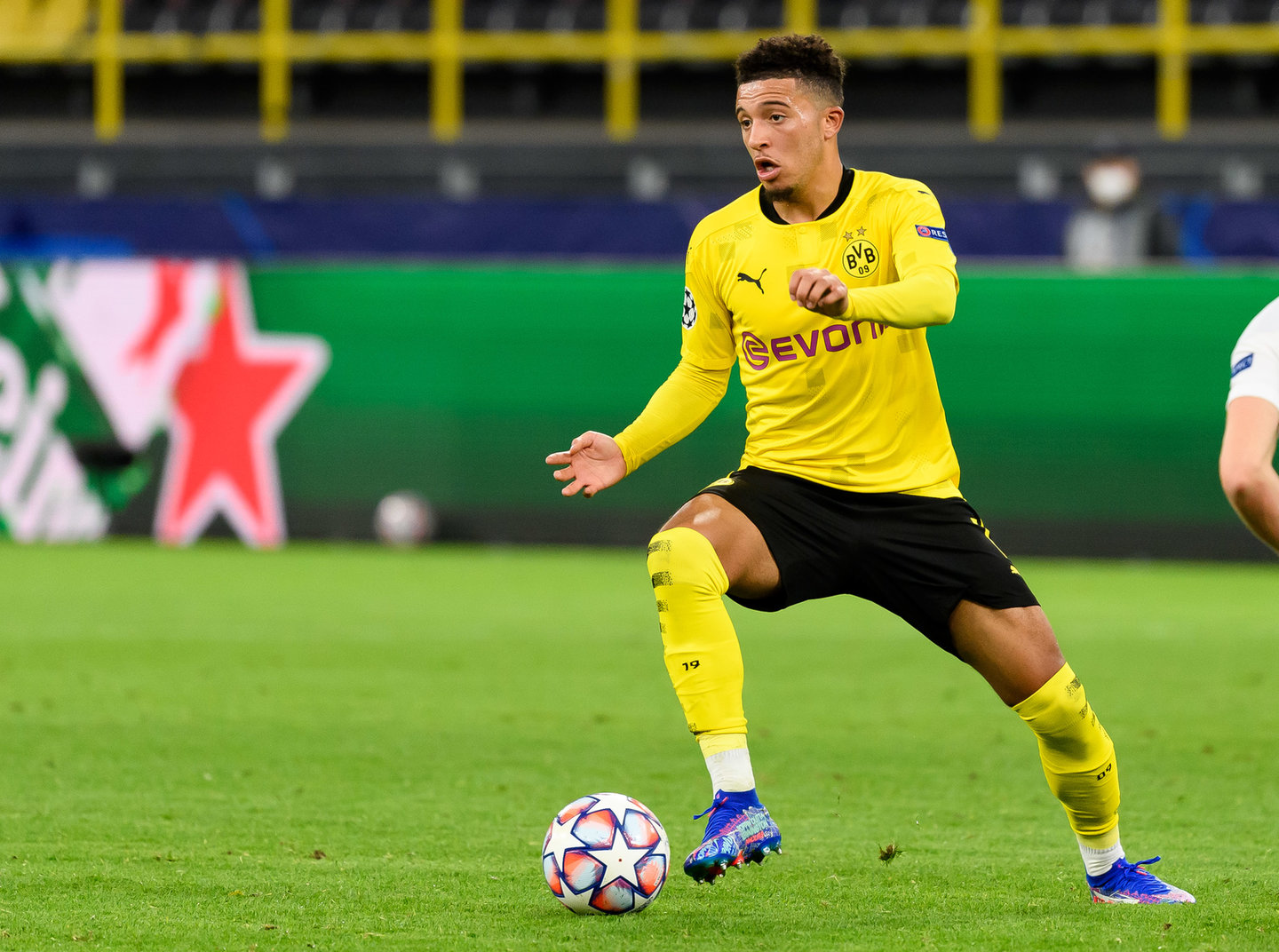
Young attacking stars, like Borussia Dortmund and England winger Jadon Sancho, are the primary target for major brands
“The players are content creators, and everyone is looking for content. They have this huge media reach - they have become media powerhouses - and they can reach the Gen Z guys on social. This is where the players have a big importance.”
In terms of the value of those deals, Wiegand notes: “For the elite players, you always have to distinguish between the cash retainer and success bonuses. There are a lot of bonuses that are already very realistic which will boost the deal by 200 per cent. But for those red-hot guys, you are looking at a seven-digit cash retainer – and this was not previously the case – plus on top of that the success bonuses.”
Covid impact on kit deal values
While the focus for the ‘Big 5’ sports brands – Nike, Adidas, Puma, New Balance and Under Armour – may be players, there is still healthy competition when it comes to club and national team deals, particularly for Europe’s elite.
Covid-19 did slow down appetite during the second quarter of 2020, but things began to pick up in late Q3 with the RBFA, the Belgian soccer association, renewing with Adidas until 2026.
With the Belgium men’s team ranked number one in the world, Wiegand says the Belgian FA got a “very positive result”, bucking a general trend among tier 1 and 2 where prices have now plateaued following five or six years of huge growth.
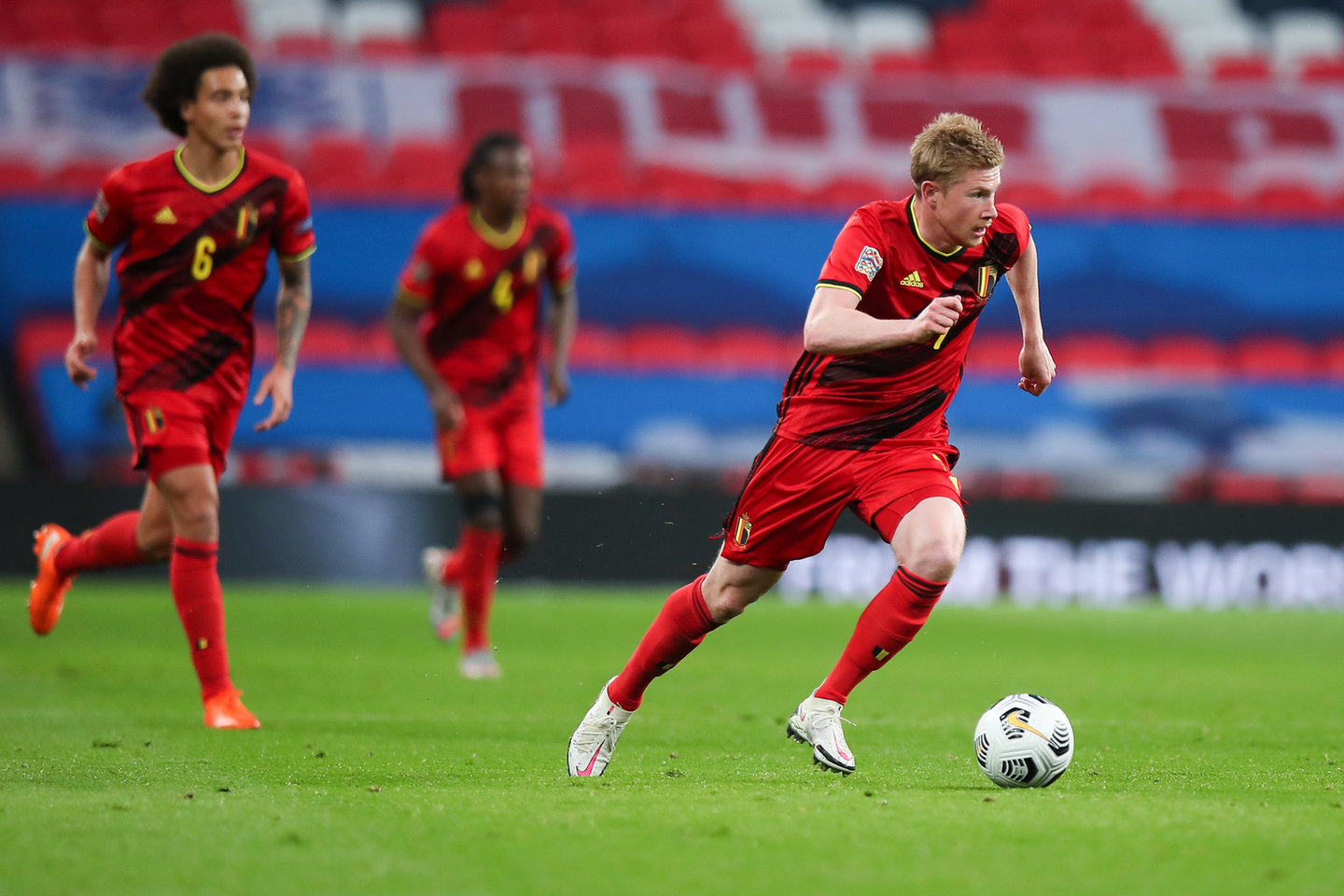
Belgium’s renewal with Adidas is one of the few deals struck during Covid to increase in value
He adds: “The top 10 clubs all made new contracts in the last four to five years, with an average increase of 300 per cent. Generally, the whole market has increased 50 per cent over the last six years.
“So now, where there is competition, we are nearly finishing up on the same level. In tier 1 and 2, we are not discovering smaller budgets and there are enough players to have the demand to acquire assets.
“If you are a tier 3 or 4 asset, at the moment you will have a bigger problem, not so much finding a deal but staying on same price level. The realistic scenario there is minus 10 per cent, which is still on a good level because in the last few years we did very competitive deals for those clubs.”
Sportswear brands traditionally define:
- Tier 1 clubs as the top 10 in Europe – some even carve out a Tier 0 model comprising Real Madrid, Barcelona, Bayern Munich and Manchester United;
- Tier 2 - regular Champions League and Europa League participants within the top five leagues in Europe (England, Spain, France, Germany and Italy);
- Tier 3 - mid-range clubs in the top 5 leagues; and
- Tier 4 - the rest from those leagues plus the best from the secondary leagues.
Contract lengths
Last year, Manchester City and Paris Saint-Germain announced 10-year kit supply deals with Puma and Nike respectively, worth a reported £65 million ($84 million) and €80 million ($94 million) per annum.
In the early part of the last decade those deal lengths were considered the norm, but Wiegand says rights owners are increasingly seeking shorter-term deals.
“Three years makes no real sense because after 18 months you have to start all over again,” he explains. “It’s a lot of work going from one brand to another. But everyone is wanting to go four or five years, or even four years plus an option of two.
“Clubs just won’t accept long-term deals anymore. They don’t want to be locked down for so long and feel they have been punished when the rights fee they receive no longer correlates with the strong sales.”
“The market has developed rapidly and clubs just won’t accept long-term deals anymore. They don’t want to be locked down for so long and feel they have been punished when the rights fee they receive no longer correlates with the strong sales.
“Clubs that went to five-year contracts were really rewarded. Look at Arsenal, after so long with Nike they went just for five years with Puma because they wanted to go again into the market and see if they could get a higher deal, which they did with Adidas.”
Indeed, Adidas are paying Arsenal around £60 million per year in a five-year deal to 2023-24, double what Puma was shelling out in the previous five-year contract.
The Liverpool-Nike model
At the turn of the year, Liverpool officially announced their five-year kit supply deal with Nike, which started with the 2020-21 season.
The contract was finalised after Liverpool won a legal case against incumbent partner New Balance in October 2019. The US sportswear firm had taken the club to court over their alleged refusal to respect a ‘matching clause’ in the existing contract, enabling it to compete with a lucrative offer from Nike.
Liverpool argued that New Balance, which was paying about £40 million per year, had not matched the offer as the company could not compare with Nike’s distribution network comprising over 6,000 stores worldwide, 500 owned by Nike itself.
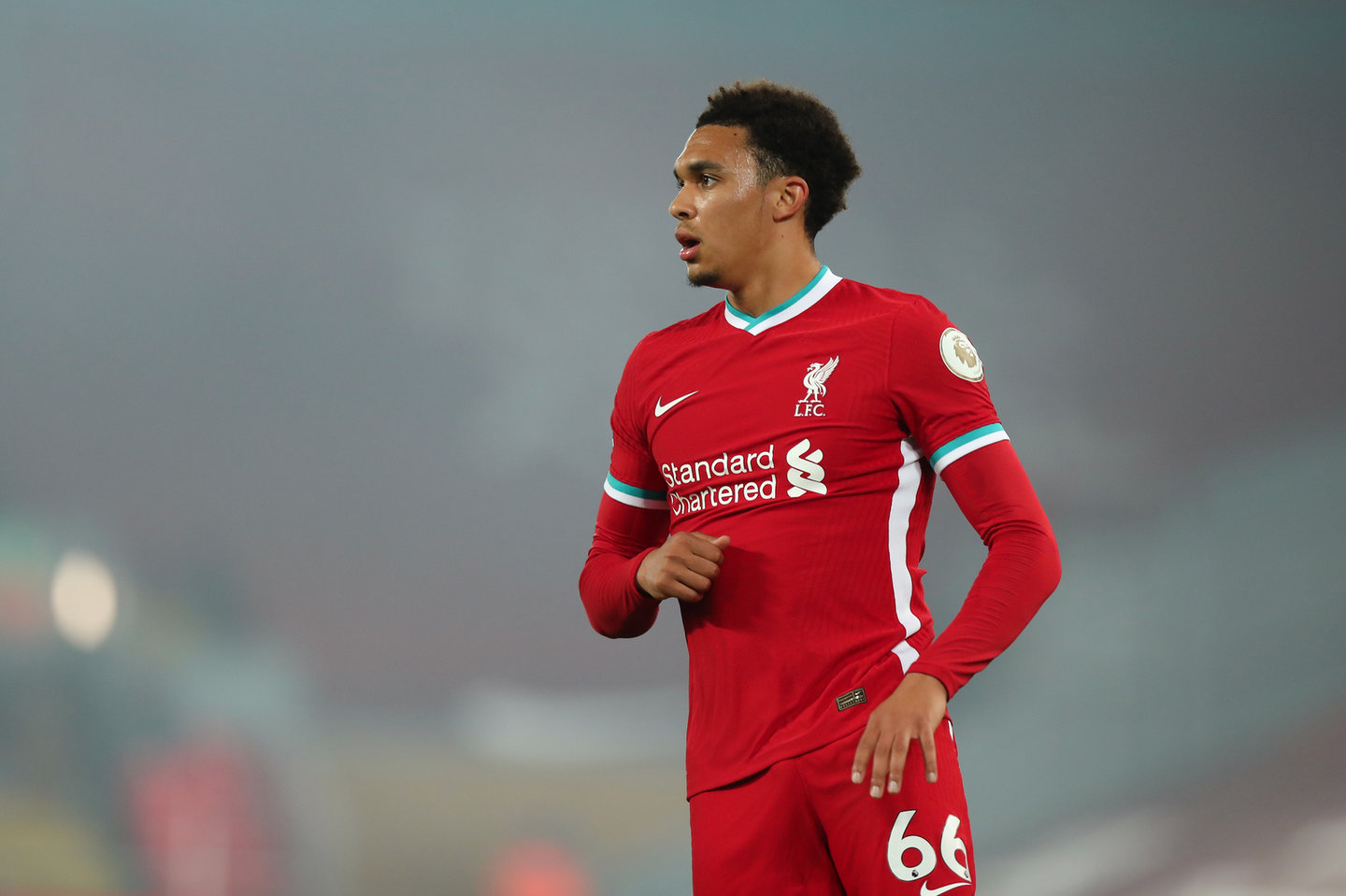
Liverpool’s switch to Nike from New Balance led to a high-profile court case in the UK
A UK High Court sided with the club which allowed them to conclude negotiations with Nike after talks had reached an advanced stage. New Balance launched an appeal against the decision, but it was rejected by the Court of Appeal.
Nike’s deal is worth a basic £30 million per year, rising to about £70 million in incentives, while Liverpool will receive 20 per cent of the proceeds from royalties and marketing campaigns, which, on top of the basic fee per annum, would make it one of the most lucrative in English soccer. In addition, Liverpool are expected to benefit from an association with various Nike-backed sports and music stars, with NBA legend LeBron James among those assets cited in the court case.
A landmark commercial model, but not one Wiegand expects to be widely replicated in the industry.
He explains: “Most clubs still need this kind of income, it’s the biggest sponsorship revenue they have.
“Liverpool could have gone with higher basic money, but decided differently. This was driven by their US shareholders seeing the global picture and the global growth of the LFC brand in the likes of USA and Asia. Although New Balance was doing an excellent job, for LFC it made more sense to go with Nike because they have more than twice the number of outlets than New Balance and more interesting global assets, like LeBron or Ronaldo, than New Balance.
“When the potential partner has matchings in the verticals brand equity/activation, and product/logistics/services, every club will take the cash first before they go into a risk situation, especially in unpredictable Covid times.”
Football as fashion
In recent years, Tier 1 members Juventus and Paris Saint-Germain have transitioned themselves into the fashion sector; the Italian club through the launch of a new logo incorporated into an apparel line, and the French side through a tie-up with the Air Jordan as part of its long-term Nike contract.
In addition to PSG’s 2020-21 third kit, Jordan Brand also released a collection containing a full range of lifestyle products including hoodies, a varsity jacket and trainers.
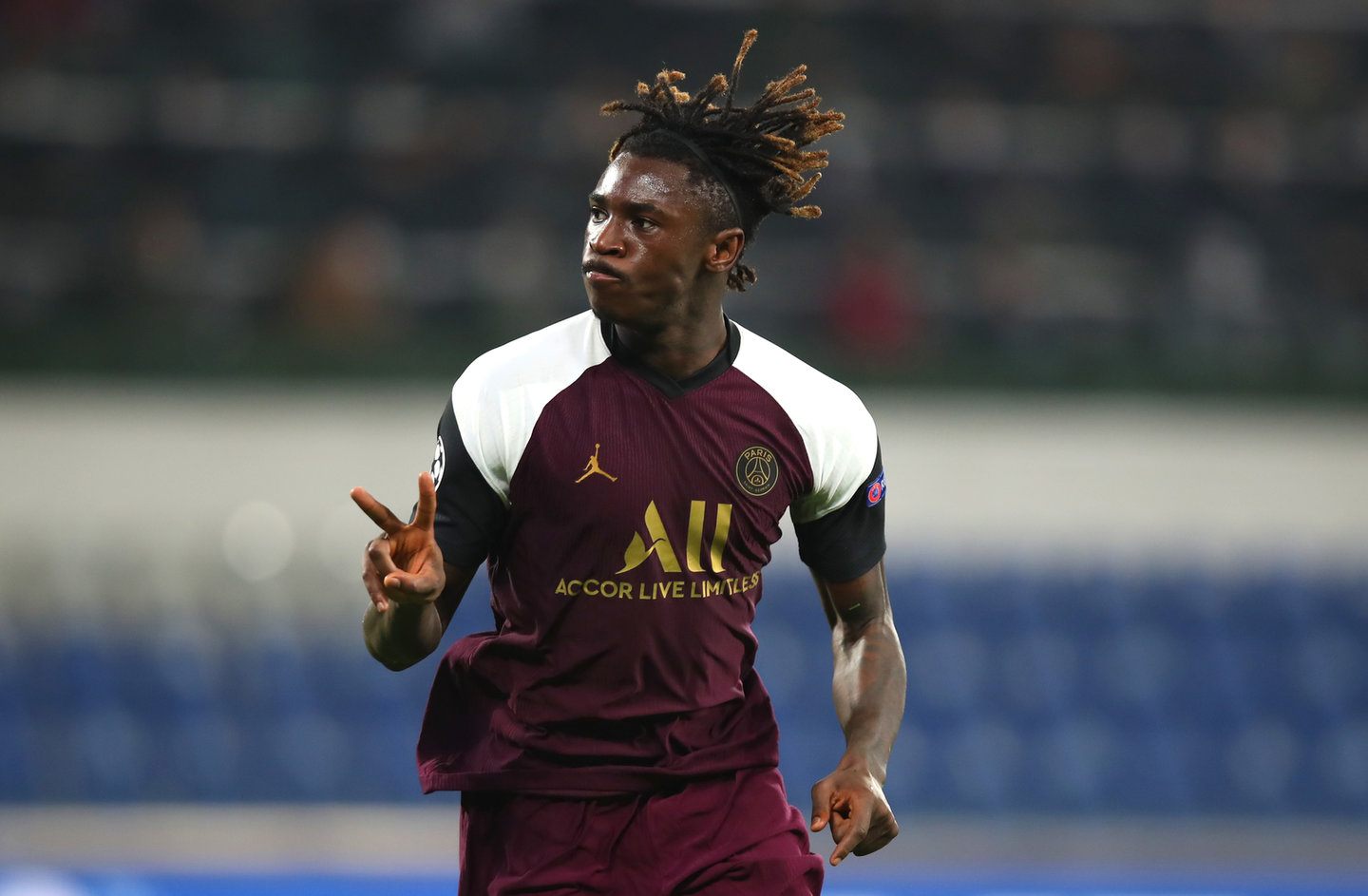
PSG debuted their Air Jordan third kit in the Uefa Champions League in late October
Wiegand says it is a growing trend, once again linked to the demand to tap Gen Z, who “don’t just want to buy sports performance products.”
“Football clubs see themselves as brands that can be developed in different types of industries, and the fashion sector is something that is obvious besides sport performance,” he continues.
“The clubs used to do their own non-brand business by themselves, but it’s more about doing collaborations with designers and brands to create something new.
“Athleisure products is a rising category for clubs, and you have to have a suitable partner for it. Nike and Air Jordan was a big showcase for that.”